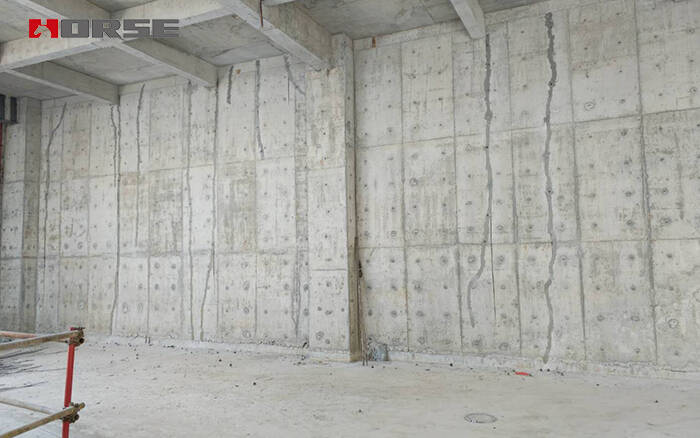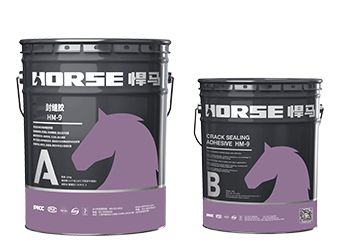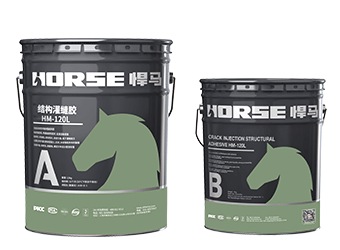Soluciones
La gama de negocios de construcción de caballos se extiende a todo el mundo y sirve a miles de clientes con productos, orientación técnica especializada en construcción, y somos testigos del reinicio de la marca china con ellos.
Structural cracks not only represent the structural stress, but also affect the durability of structures. The bigger the crack width is, the easier the steel will corrode, which means that the bond between the steel bar and the concrete has been completely destroyed and the service life has come to an end.

The cracks of reinforced concrete structural members can be classified into three types according to their characteristics.
One is the small cracks on the surface, that is, the width of the seam is very small, and the length is short and shallow.
The two is a medium crack, whose width is about 0.2mm, and the length is confined to the tensile area. The crack has been deeply structured to a certain depth.
The three is through cracks. The width of the seam is more than 0.3mm, and the length extends to the compression area. The cracks have penetrated the entire section or part of the section.
Structural cracks not only represent the structural stress, but also affect the durability of structures. The bigger the crack width is, the easier the steel will corrode, which means that the bond between the steel bar and the concrete has been completely destroyed and the service life has come to an end.
In the general indoor structure, the risk of corrosion of steel bar is less dangerous, and the crack will not affect the aesthetic requirement. In the wet environment, cracks will cause corrosion of steel bar, the width of crack should be less than 0.2mm, but the longitudinal seam is easy to cause corrosion of steel bar, and cause the protection layer to be peeled and affect the durability of the structure.
When the crack length is longer and the depth is deeper, the integrity of the component will be seriously affected. For example, there is a crack in the bottom of the flexural member, and the length of the crack develops into the compression zone and reaches or exceeds the neutralization axis. It is more dangerous, if the length of the seam is shorter, and the local in the drawing area is less dangerous.
The fracture depth is also one of the characterization. Usually, the surface cracks are mostly non structural cracks, and the penetration cracks are mostly structural cracks. It is easy to corrode the steel bars and be more dangerous. We should find out the reasons and take the necessary reinforcement measures according to the danger.
Cracks of reinforced concrete structural members are usually divided into three types according to their extension properties.
One is to stabilize cracks, that is to say, the width and length of cracks remain constant.
The second one is active fractures. The width and length of the cracks vary with the load state and the surrounding temperature and humidity.
The third way is to develop cracks. The width and length of cracks increase with time.
Under various loads, the reinforced concrete structure is generally allowed to work under the crack in the drawing area, that is to say, the crack is inevitable. As long as the crack is stable, its width is not large, it is in line with the requirements of the standard, and there is not much danger, which belongs to the safety component. However, the crack expands with time, which indicates that the stress of steel bar may be close to or reach the flow limit. It has a serious impact on the bearing capacity, and it is more dangerous and should be taken in time. If the cracks are stable, the cracks will not be expanded again. It is also necessary to see whether the environment is stable, the environment is changing, the old cracks may be extended and new cracks will appear, and the specific conditions should be analyzed.
Puede encontrar cualquier cosa que necesite, confíe en probar estos productos y encontrará la gran diferencia después de eso.

Adhesivo reparador de grietas de alta resistencia para grietas de hormigón.

Adhesivo de inyección de grietas epóxicas de muy alta penetración y baja viscosidad para reparar grietas de concreto